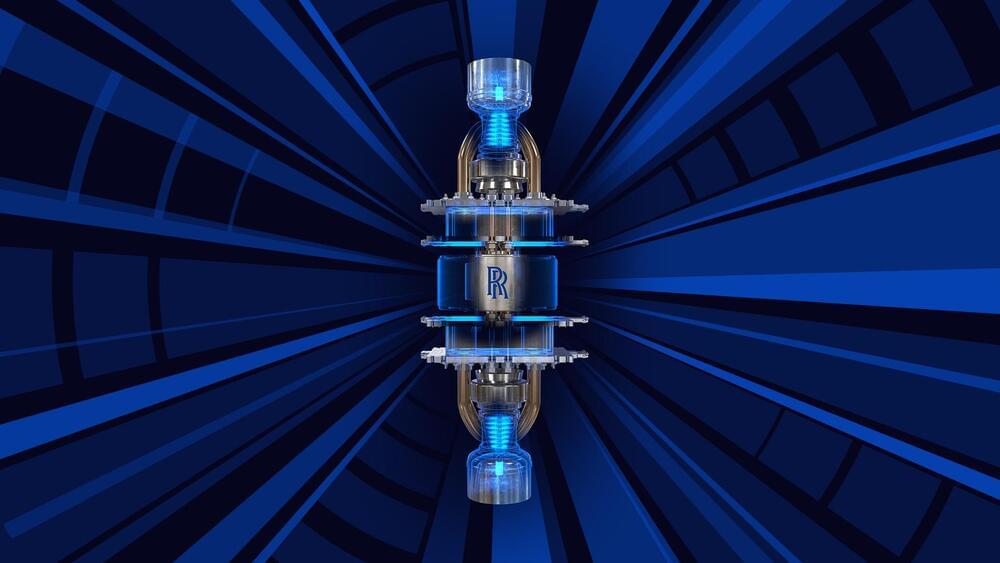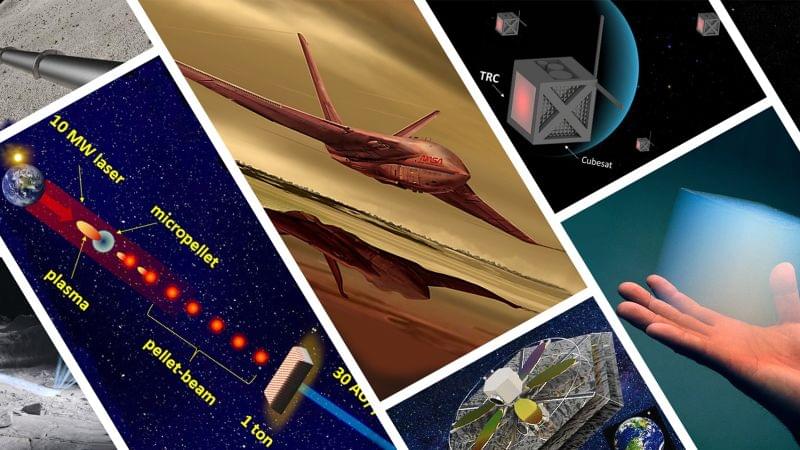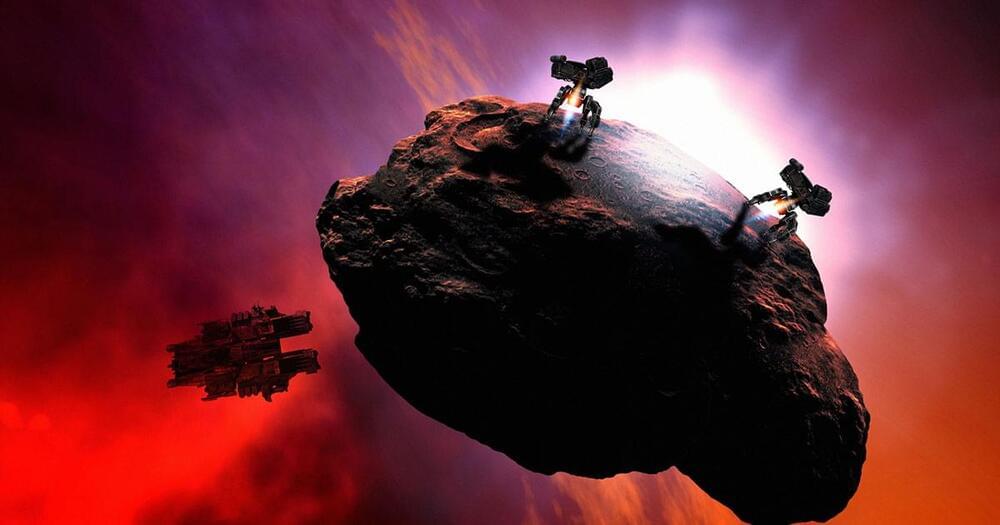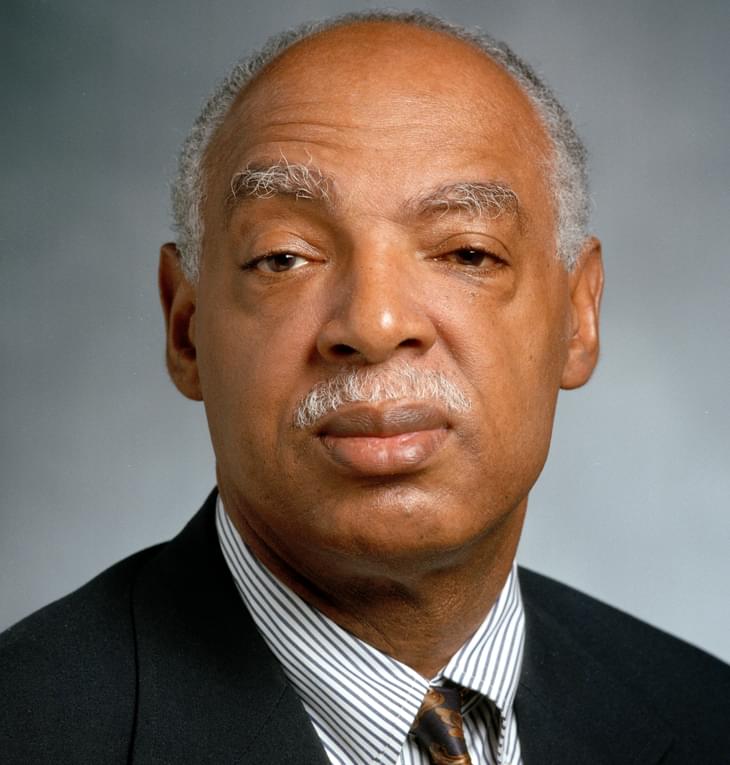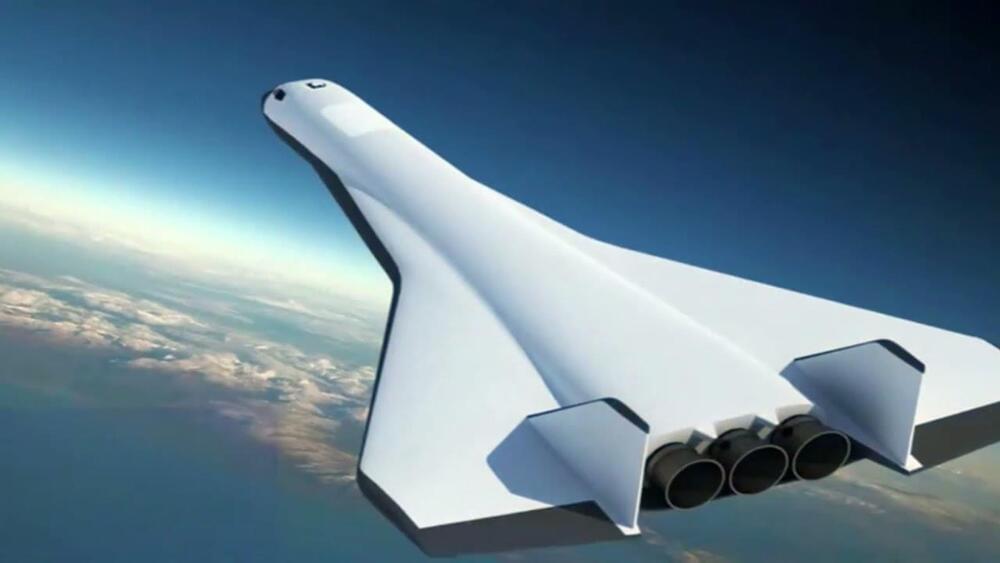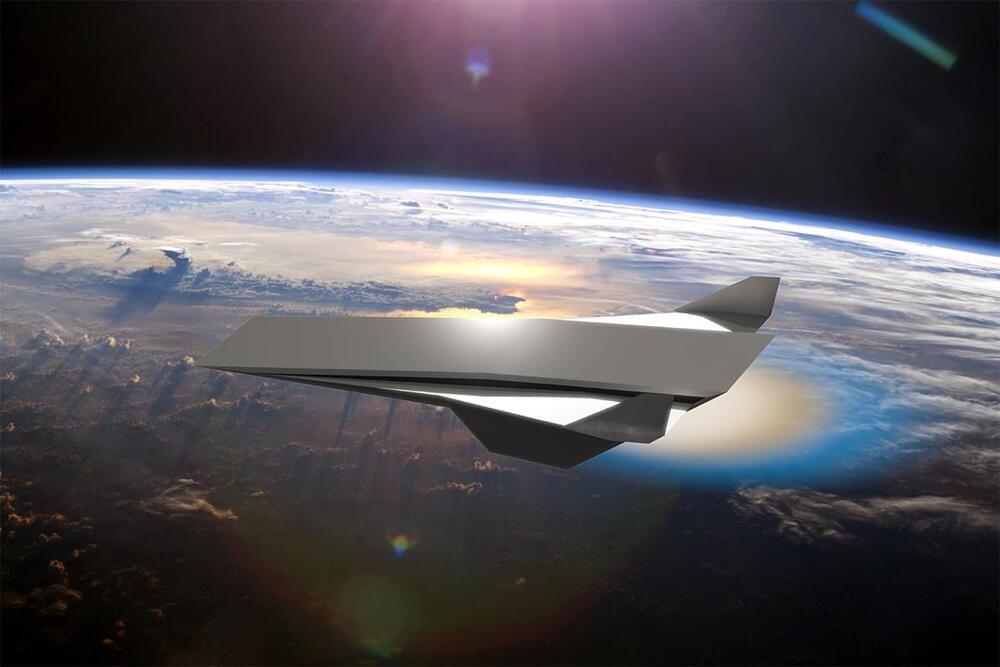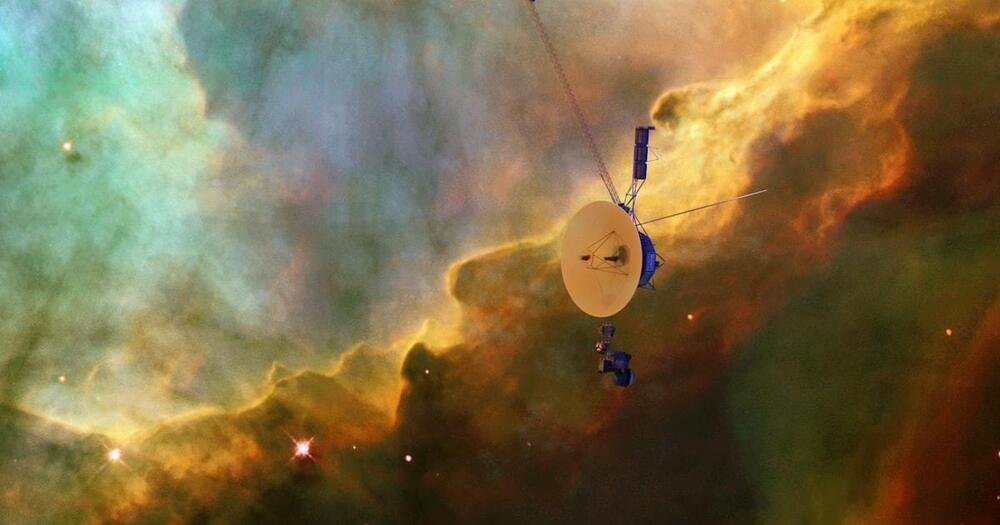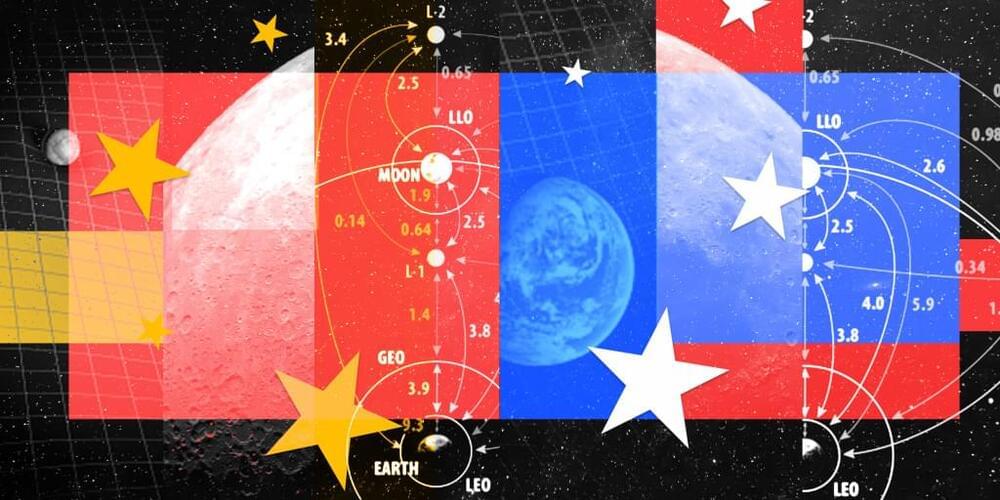Feb 4, 2023
Rolls-Royce’s new micro-reactor design could send humans to Mars
Posted by Gemechu Taye in categories: engineering, nuclear energy, particle physics, space travel
It is “designed to use an inherently safe and extremely robust fuel form.”
The future of deep space exploration is near. Rolls-Royce revealed a new image of a micro-reactor for space that it says is “designed to use an inherently safe and extremely robust fuel form.”
The iconic engineering firm recently tweeted the image alongside a caption. It is designing the nuclear fission system as part of an agreement it penned with the UK Space Agency in 2021.
Continue reading “Rolls-Royce’s new micro-reactor design could send humans to Mars” »
